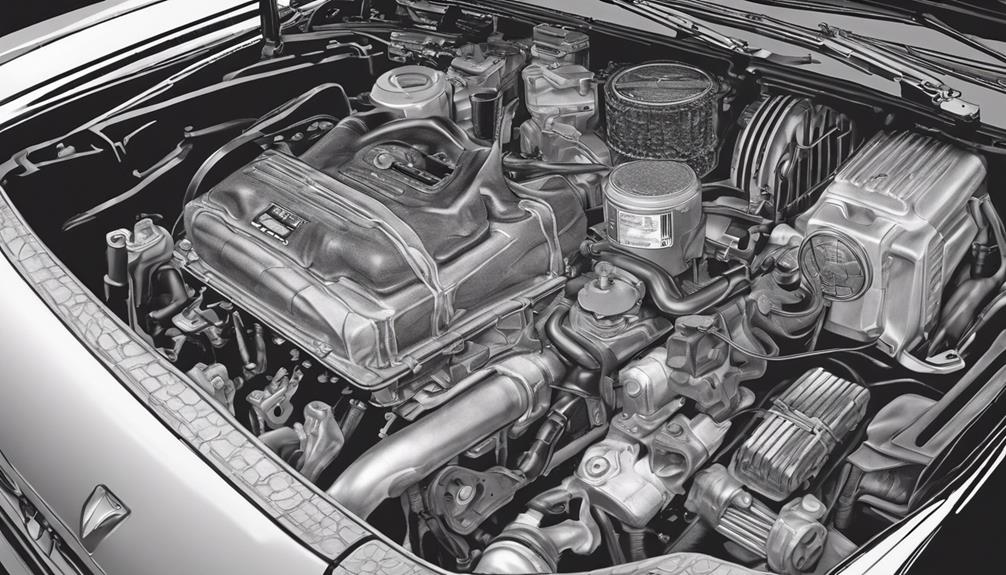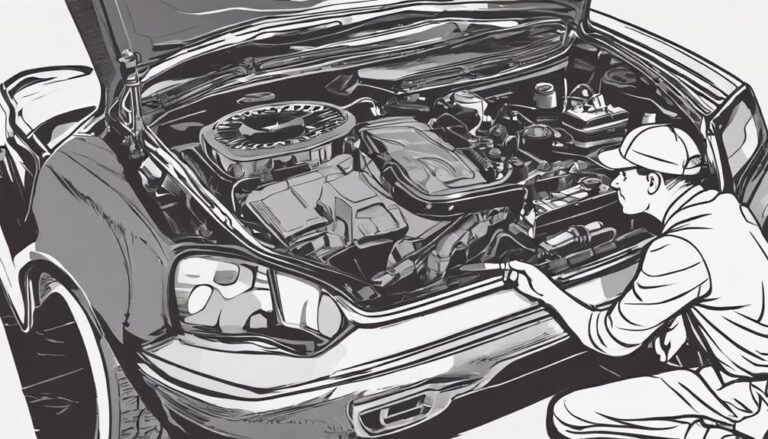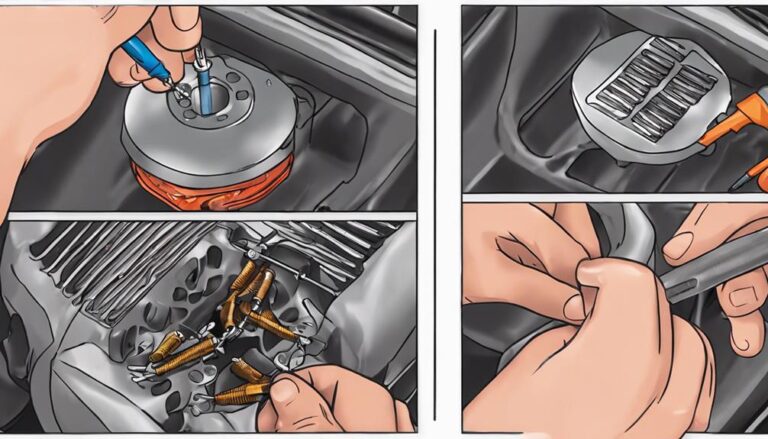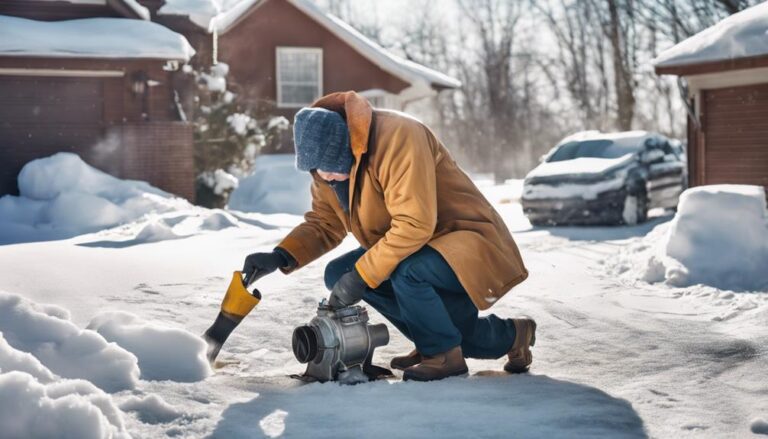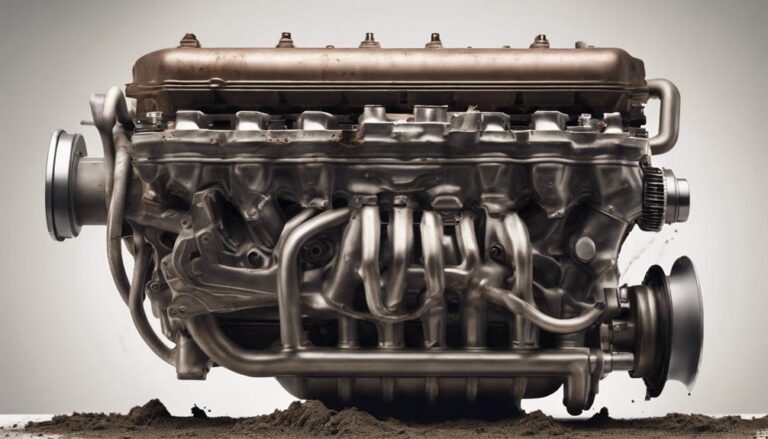Efficient Heater Core Repair Methods Without Dash Removal
When facing heater core issues, you need reliable solutions that won't require a full dash removal. Evaluating accessible points, flushing the system, and applying repair sealants are effective methods.
But what about a bypass tube installation? Curious to know how this innovative technique could save you time and effort in restoring your heater core functionality efficiently?
Key Takeaways
- Access heater core directly for repairs without removing the dashboard.
- Utilize flushing and cleaning techniques to clear blockages effectively.
- Apply specialized sealants for minor leaks, following manufacturer guidelines.
- Consider bypass tube installation for precise repairs without dash removal.
Assessing Heater Core Access Points
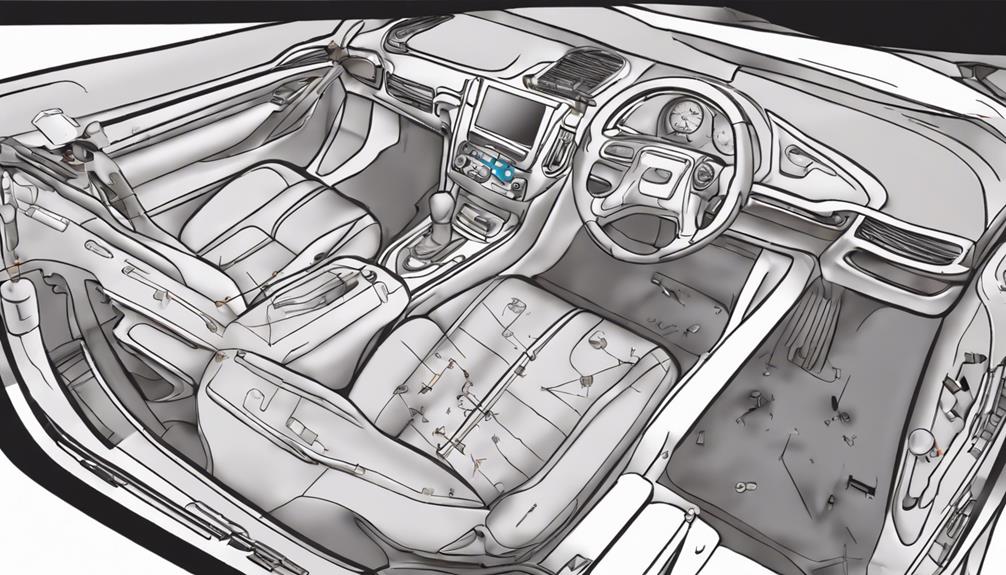
To begin evaluating heater core access points, start by locating the specific panel or component that provides direct entry to the heater core. In most vehicles, accessing the heater core involves removing the interior panels near the dashboard. Look for screws or clips holding these panels in place and carefully remove them to expose the heater core.
Once you have gained access to the core, pay close attention to the hose connections. These are typically secured with clamps that need to be loosened before detaching the hoses. Take care not to damage the hoses or connections during this process as they're vital for the proper functioning of the heating system.
Flushing the Heater Core System
Inspect the heater core system for any signs of blockages or debris before proceeding with the flushing process. Heater core maintenance is essential to guarantee peak functioning of your vehicle's heating system. Follow these steps for DIY troubleshooting:
- Check for Blockages: Look for visible debris or signs of blockages in the heater core. Blockages can impede the flow of coolant and diminish heating efficiency.
- Prepare Flushing Solution: Mix a solution of distilled water and a flushing agent recommended for heater cores. This solution helps dislodge and remove any buildup within the core.
- Flush the System: Connect a flushing tool to the heater core inlet and outlet hoses. Slowly flush the system with the prepared solution to remove any debris or sediment. Repeat the flushing process until the expelled fluid runs clear.
Regular maintenance like flushing the heater core system can prolong its lifespan and keep your car's heating system running smoothly. By following these DIY troubleshooting steps, you can address common issues and optimize your heater core's performance.
Utilizing Repair Sealants
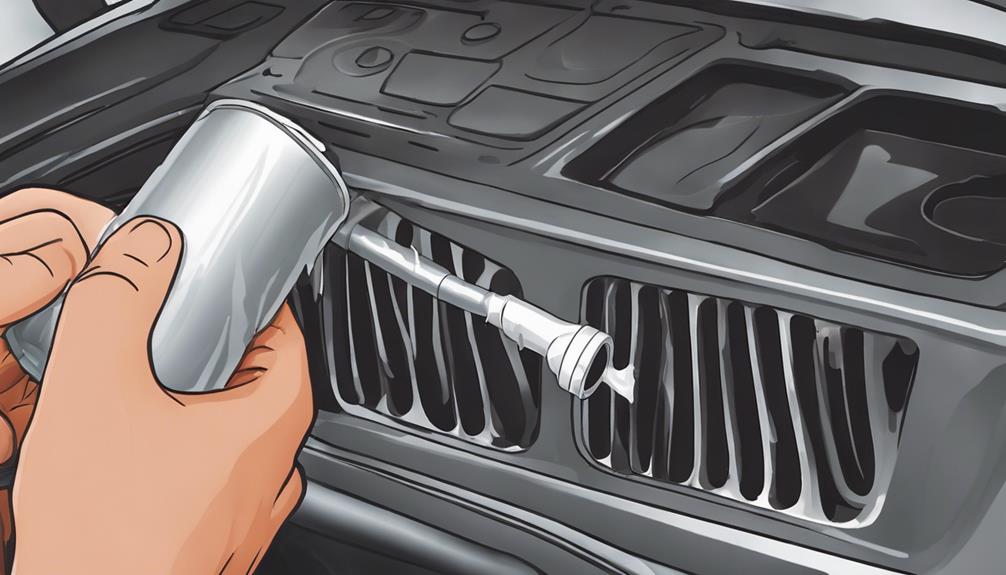
For efficient heater core repair, think about utilizing specialized repair sealants to address leaks and minor damages effectively. Sealant application can be a practical solution for small leaks in the heater core. These sealants are designed to flow into the damaged areas and create a lasting seal, preventing further coolant leaks. When applying the sealant, it's important to follow the manufacturer's instructions carefully to make sure proper adhesion and effectiveness.
Repair effectiveness largely depends on the severity and location of the damage. Sealants work best for minor leaks and hairline cracks. However, if the heater core has significant damage or large holes, sealants may not provide a long-term solution. It's essential to assess the extent of the damage before opting for a sealant repair.
Keep in mind that while sealants can be a quick fix, they aren't a permanent solution for all heater core issues. If the damage is extensive, it may be necessary to think about more advanced repair methods like replacing the heater core or installing a bypass tube.
Installing a Bypass Tube
Consider installing a bypass tube as a potential solution for heater core repair, particularly in cases where traditional repair methods may not be sufficient. Bypass tube installation can be a practical option to address heater core maintenance issues without the need for extensive dash removal. Here are some key points to keep in mind when opting for a bypass tube:
- Identify the Problem: Before proceeding with a bypass tube installation, make sure that the heater core is indeed the source of the issue. Conduct a thorough inspection and diagnosis to confirm the need for this specific repair method.
- Selecting the Right Bypass Tube: Choose a bypass tube that's compatible with your vehicle's make and model. The tube should be of high quality to guarantee durability and proper functionality.
- Professional Installation: While bypass tube installation can be done DIY, it's recommended to seek professional help for precise fitting and to avoid any potential complications. A skilled technician can make certain the bypass tube is correctly installed, enhancing the efficiency of your heater core system.
Testing Heater Core Functionality
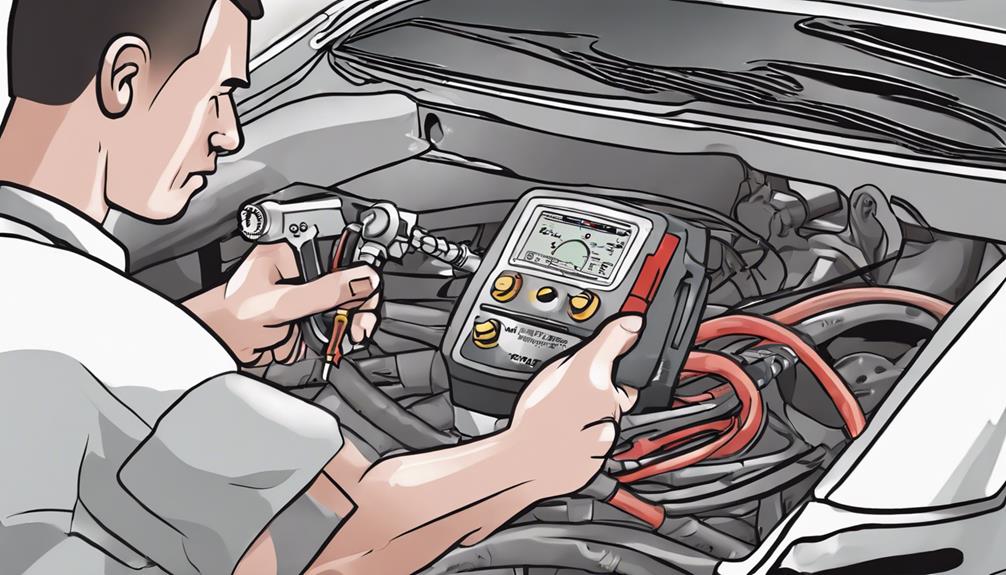
To evaluate the functionality of your heater core efficiently, perform a systematic series of diagnostic tests. Start by checking coolant levels in the radiator and reservoir to guarantee an adequate supply for the system to function correctly. Low coolant levels can result in poor heat output from the heater core.
Next, inspect the hoses connected to the heater core for any signs of leaks, cracks, or damage. Damaged hoses can lead to a loss of pressure and hinder proper circulation of hot coolant through the heater core, affecting its performance.
You can also test the heater core by feeling the air temperature coming from the vents when the heater is on. If the air isn't warm enough, there may be an issue with the heater core. Another method is to use a thermal imaging camera to check for temperature imbalances in the core.
Frequently Asked Questions
Can a Heater Core Be Repaired Without Removing Any Components of the Dashboard?
To fix a heater core without taking out your dashboard, explore alternative methods like accessing it through the glove compartment or under the hood. Efficiency is key, so follow guides meticulously for a successful repair.
How Long Does a Typical Heater Core Repair Take?
Repairing a heater core typically takes around 4 to 6 hours. Efficient repair methods can reduce this time. Imagine a well-oiled machine – with the right tools and know-how, you'll have it fixed in no time.
Are There Any Risks Involved in Using Repair Sealants on a Heater Core?
Security precautions are crucial when considering repair sealants for a heater core. Be cautious of potential leaks or clogs. Explore alternative solutions like professional repairs or replacement to guarantee long-term efficiency and prevent further damage to your vehicle.
What Are the Signs That a Heater Core Needs to Be Replaced Rather Than Repaired?
When deciding whether to repair or replace a heater core, watch out for signs like persistent leaks, foggy windows, or a sweet smell. Weigh the cost of replacement against the efficiency impact of repair.
Is It Possible to Damage the Heater Core During the Repair Process?
When repairing the heater core, avoid damaging it by using proper repair techniques and prevention methods. Follow steps to guarantee the heater core's protection throughout the repair process. This will help maintain its integrity and functionality.
Conclusion
Overall, repairing a heater core without removing the dash can be a cost-effective and time-saving solution. Remember, 80% of heater core issues can be resolved without the need for extensive labor.
By following the steps outlined in this article, you can efficiently address heater core problems and restore proper functionality to your vehicle's heating system.
Don't let a faulty heater core leave you out in the cold – take action today!

